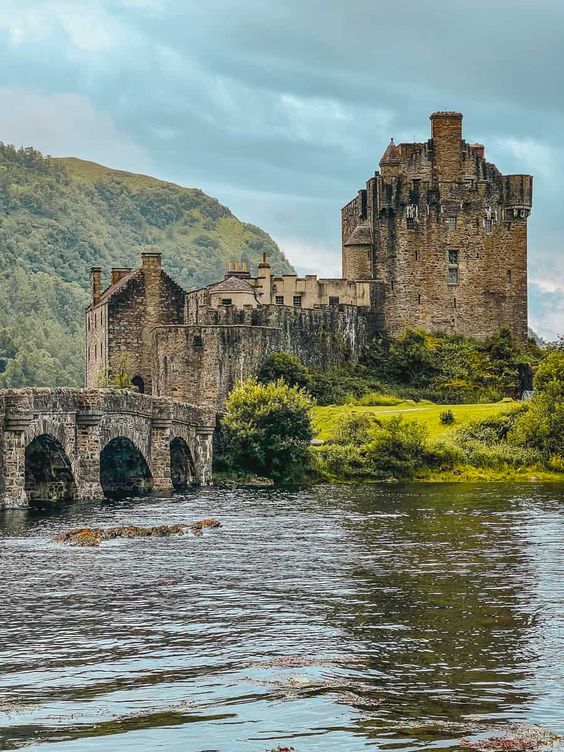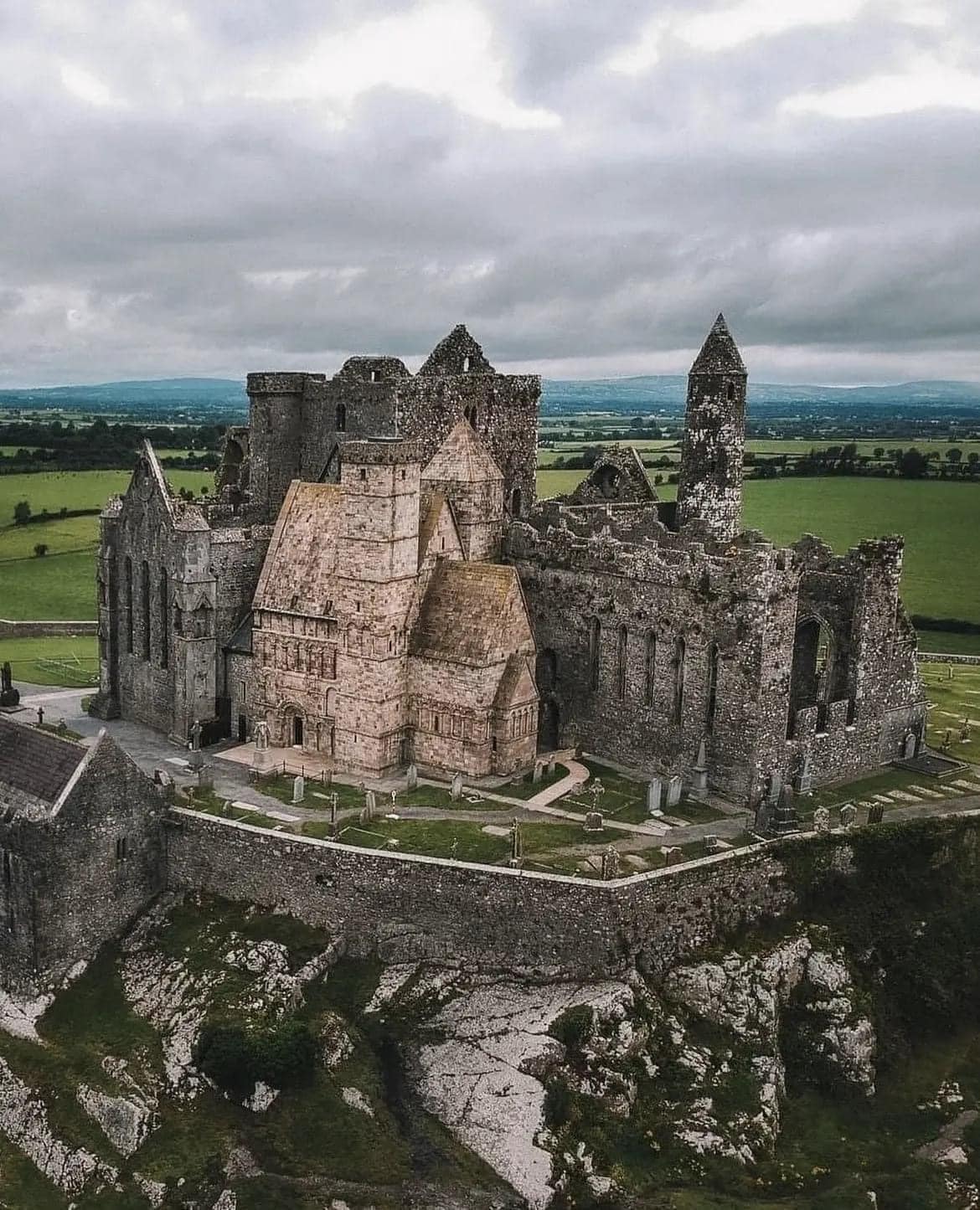France has been a center of Western cultural development for centuries. France receives the largest number of tourists in the world each year, largely due to the many cultural facilities and historic structures spread throughout the territory. France has about 1,200 museums, welcoming over 50 million visitors a year.
From idyllic vineyards to stretches of lavender, France is filled with beautiful places for travelers to explore. If you’re looking for a little visual inspiration for your next trip, let this list of the 10 most beautiful places in France be your guide.
The Camargue, Provence
The Camargue is a coastal region in southern France located south of the city of Arles, between the Mediterranean Sea and the two arms of the Rhône river delta. The eastern arm is called the Grand Rhône; the western is the Petit Rhône. It constitutes western Europe’s largest river delta.
Officially established as a regional park and nature reserve in 1970, the Parc naturel régional de Camargue covers 820 km2 (320 sq mi). This territory is some of the most natural and most protected in all of Europe. A roadside museum provides background on flora, fauna, as well as the history of the area.
The Camargue is home to more than 400 species of birds and has been identified as an Important Bird Area (IBA) by BirdLife International. Its brine ponds provide one of the few European habitats for the greater flamingo. The marshes are also a prime habitat for many species of insects, notably some of the most ferocious mosquitos to be found anywhere in France. Camargue horses roam the extensive marshlands, along with Camargue cattle.
The native flora of the Camargue have adapted to the saline conditions. Sea lavender and glasswort flourish, along with tamarisks and reeds.
Paris
Paris is the capital and most populous city of France, is also one of the three fastest growing economic cities in the world along with London and New York and is an administrative center of the Île-de-France region with population is estimated at 2,165,423 as of 2019, covering an area of more than 105.4 square kilometers (40.7 sq mi). The city of Paris is the center and seat of government for the region and the Île-de-France province, or Paris Region, has an estimated population of 12,262,544, or about 19% of the French population as of 2019 The Paris region has a GDP of 739 billion euros ($743 billion) in 2019, the highest in Europe, Paris is the second most expensive city in the world, along with Singapore.
Paris is especially famous for its museums and architectural landmarks. Other popular tourist attractions include the Gothic Sainte-Chapelle royal chapel, also located on the Île de la Cité; Eiffel Tower, Grand Palais and Petit Palais, Arc de Triomphe, Montmartre hill and Sacré-Cœur Basilica.
Gardens of Marqueyssac, Dordogne
The Château de Marqueyssac is a 17th-century château and gardens located at Vézac, in the Dordogne Department of France. The château was built at the end of the 17th century by Bertrand Vernet de Marqueyssac, Counselor to Louis XIV, on cliffs overlooking the Dordogne Valley. The original garden à la française was attributed to a pupil of André Le Nôtre, and featured terraces, alleys, and a kitchen garden surrounding the chateau.
With 150,000 bubbly boxwood trees and hedges wrap around a 17th-century chateau that overlooks the Dordogne Valley. The entire vista looks like an illustration from a Perrault fairytale.
Château de Chambord, Loire Valley
The Château de Chambord is one of the most recognisable châteaux in the world because of its very distinctive French Renaissance architecture, which blends traditional French medieval forms with classical Renaissance structures. The building was constructed by the king of France, Francis I. The original design of the château is attributed to the Tuscan architect Domenico da Cortona; Leonardo da Vinci may have also influenced the design.
The Château de Chambord has further influenced a number of architectural and decorative elements across Europe. Château de Chambord was the model for the reconstruction and new construction of the original Schwerin Palace between 1845 and 1857.
While it’s not one of the best-known French palaces, Château de Chambord is certainly one of the loveliest.
Champagne-Ardenne
Champagne-Ardenne is a former administrative region of France, located in the northeast of the country, bordering Belgium. Mostly corresponding to the historic province of Champagne, the region is known for its sparkling white wine of the same name.
Champagne-Ardenne is the birthplace of bubbly and one of the most beautiful regions in France. The area is covered with idyllic valleys and vineyards, of course, but also ancient castles, chateaus, and abbeys. Make sure to visit underground wine cellars and the masterpiece Cathédrale Notre-Dame.
Strasbourg Cathedral, Alsace
Strasbourg Cathedral is a Catholic cathedral in Strasbourg, Alsace, France. Standing in the center of Place de la Cathédrale, at 142 meters (466 feet), Strasbourg Cathedral was the world’s tallest building from 1647 to 1874 (227 years), when it was surpassed by St. Nikolai’s Church, Hamburg. It is the sixth-tallest church in the world and the highest still standing extant structure built entirely in the Middle Ages.
Strasbourg’s Gothic cathedral is sometimes known as “The Pink Cathedral” for its trademark color, which comes from the reddish sandstone used to build it. Although the original plans called for a pair of spires on top of the church, only one was built, giving the building a unique, somewhat mysterious look.
In 1988, the Strasbourg Cathedral was inscribed on the UNESCO World Heritage List along with the historic center of the city (called the “Grande Île”) because of its outstanding Gothic architecture.
Colmar, Alsace
Colmar is a city and commune in the Haut-Rhin department and Grand Est region of north-eastern France. The third-largest commune in Alsace (after Strasbourg and Mulhouse), it is the seat of the prefecture of the Haut-Rhin department and of the subprefecture of the Colmar-Ribeauvillé arrondissement.
The city is renowned for its well-preserved old town, its numerous architectural landmarks and its museums, among which is the Unterlinden Museum, which houses the Isenheim Altarpiece.
Colmar is on the Alsatian Wine Route and considers itself to be the capital of Alsatian wine (capitale des vins d’Alsace).
Gorges du Verdon
The Verdon Gorge is a river canyon located in the Provence-Alpes-Côte d’Azur region of Southeastern France. It is about 25 km (15.5 mi) long and up to 700 meters (0.4 mi) deep. It was formed by the Verdon River, which is named for its turquoise-green color, one of the location’s distinguishing characteristics. In between the towns of Castellane and Moustiers-Sainte-Marie, the river has cut a ravine to a depth of 700 meters through the limestone mass. At the end of the canyon, the Verdon flows into the artificial Lake of Sainte-Croix.
The gorge is very popular with tourists, who can drive around its rim, rent kayaks to travel on the river, or hike. The limestone walls, which are several hundreds of meters high, attract many rock climbers. It is considered an outstanding destination for multi-pitch climbing, with 1,500 routes available ranging from 20 meters (65 feet) to over 400 meters (1,300 feet).
Palace of Versailles
The Palace of Versailles is a former royal residence built by King Louis XIV located in Versailles, about 19 kilometers (12 mi) west of Paris, France. The palace is owned by the French Republic and since 1995 has been managed, under the direction of the French Ministry of Culture, by the Public Establishment of the Palace, Museum and National Estate of Versailles. About 15,000,000 people visit the palace, park, or gardens of Versailles every year, making it one of the most popular tourist attractions in the world.
An enduring symbol of the pinnacle of luxury, Louis XIV’s 18th-century residence is one of the more impressive combined displays of art, architecture, interior design, and landscaping in the world. It houses a sumptuously decorated chapel and a full opera house. A masterpiece of over-the-top-ness; the legendary Hall of Mirrors, still used by the French government today to receive heads of state; or the three square miles of gardens.
The palace and park were designated a World Heritage Site by UNESCO in 1979 for its importance as the center of power, art, and science in France during the 17th and 18th centuries. The French Ministry of Culture has placed the palace, its gardens, and some of its subsidiary structures on its list of culturally significant monuments.
Menton, French Riviera
Menton is a commune in the Alpes-Maritimes department in the Provence-Alpes-Côte d’Azur region on the French Riviera, close to the Italian border. It has been on the border between the County of Nice, held by the Duke of Savoy, and the Republic of Genoa. It was an exclave of the Principality of Monaco until the disputed French plebiscite of 1860, when it was added to France. It had always been a fashionable tourist center with grand mansions and gardens. Its temperate Mediterranean climate is especially favorable to the citrus industry, with which it is strongly identified.
Menton, nicknamed the Pearl of France, is located on the Mediterranean Sea at the Franco-Italian border, just across from the Ligurian town of Ventimiglia. Menton station has rail connections to Paris, Marseille, Cannes, Antibes, Nice and Ventimiglia. The smaller Menton-Garavan station is situated between Menton and Ventimiglia.
Menton is known for its gardens, including the Jardin Serre de la Madone, the Jardin botanique exotique de Menton, the Fontana Rosa, the Maria Serena garden, and the modernist gardens of Les Colombières. Le Val Rahmeh was established in 1905 by Englishman Sir Percy Radcliffe, the first owner of the gardens, and named for his wife. Villa Fontana Rosa was built in 1922 by Blasco Ibáñez, a Spanish novelist, and the gardens of the villa are now open to the public.


